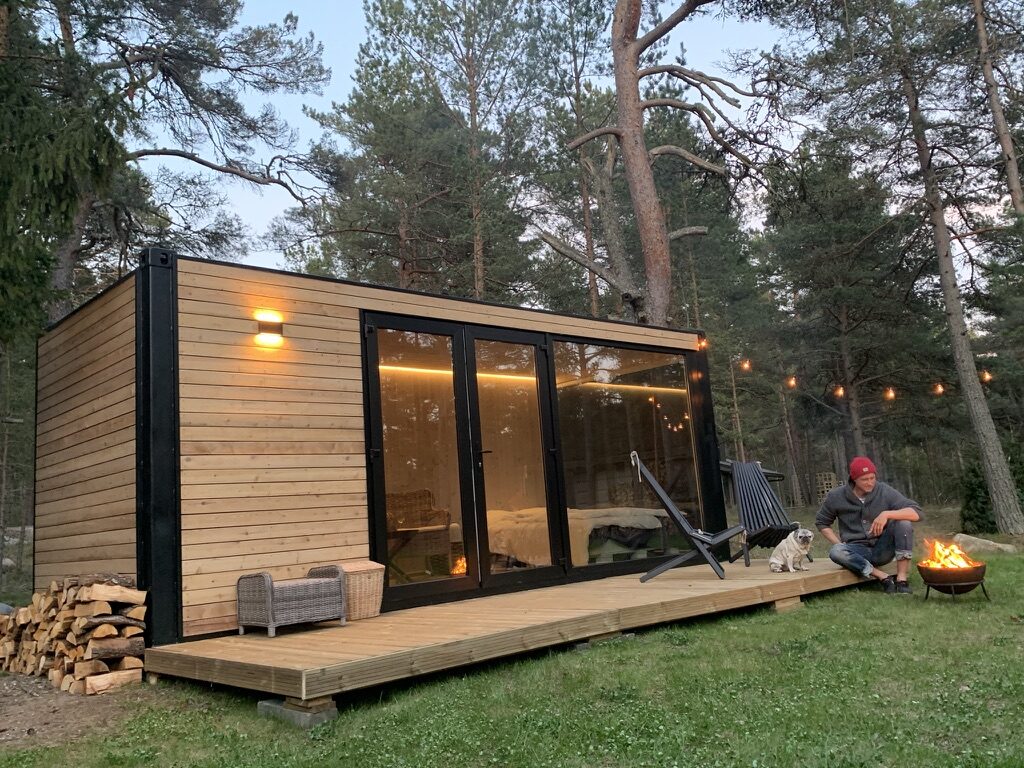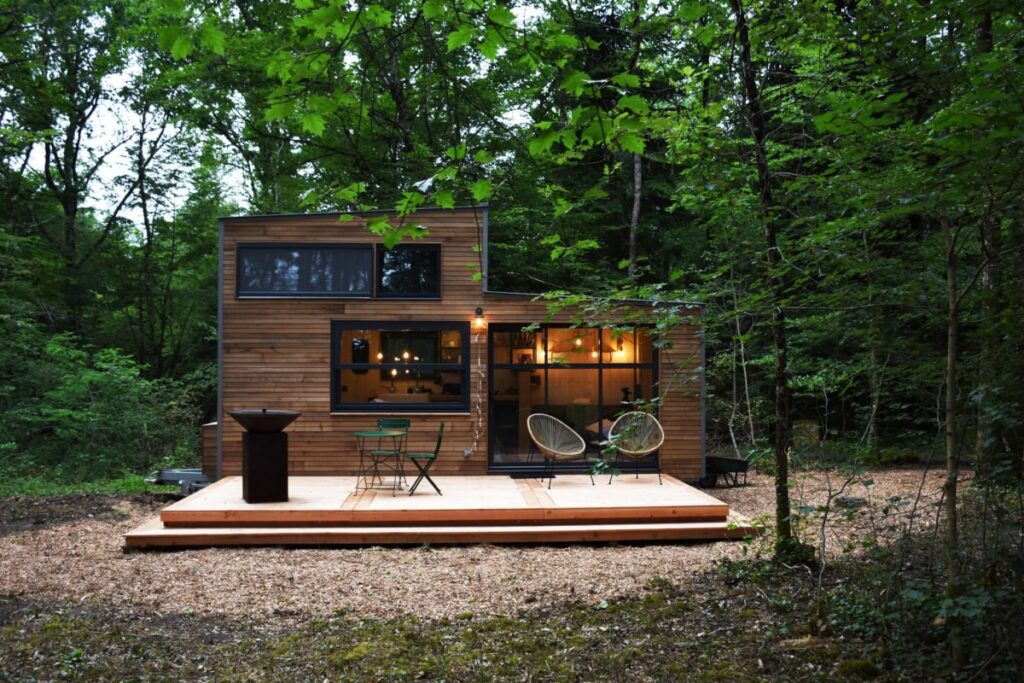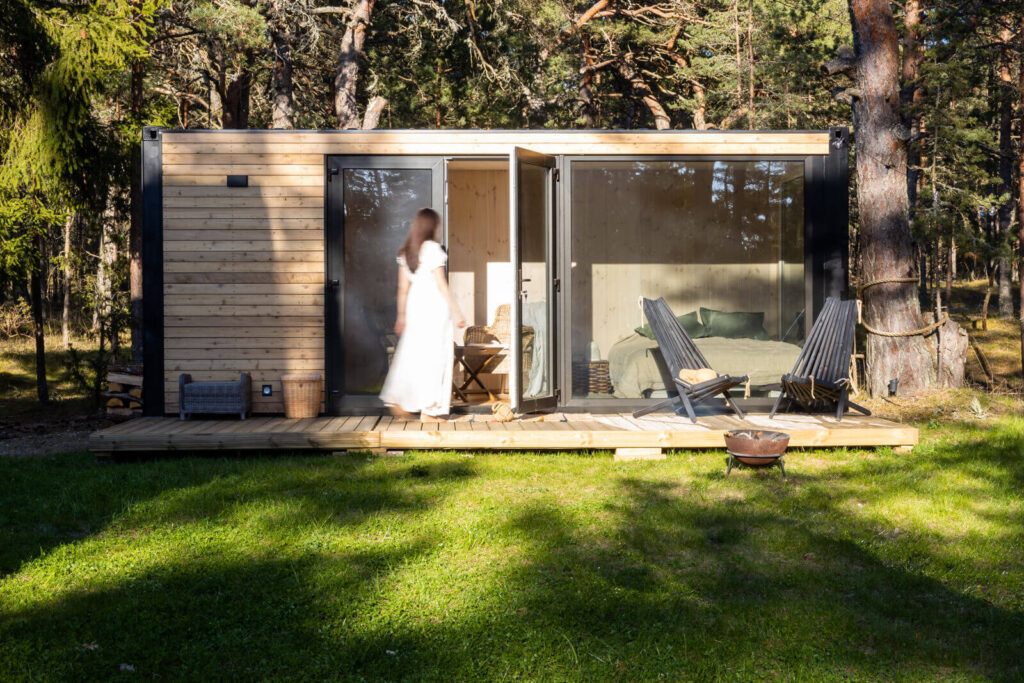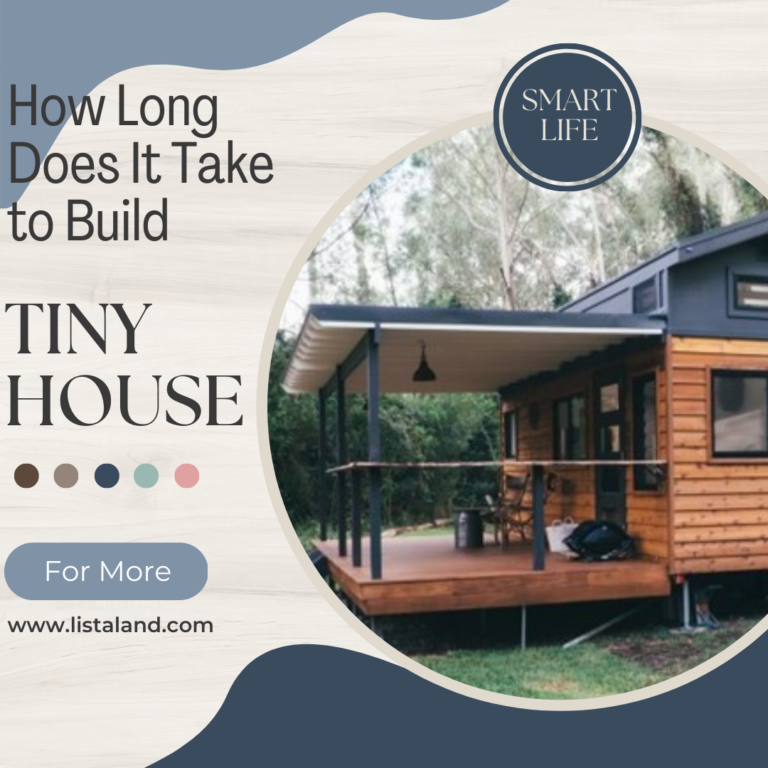The time it takes to build a tiny house can vary depending on several factors such as the size and complexity of the design, the availability of materials and labor, and the experience and skill level of the builders.
If you are building a tiny house from scratch, it can take anywhere from several months to a year or more. The planning and design phase can take several weeks to several months, depending on the complexity of the design and the availability of materials. The actual construction of the tiny house can take several months to a year, depending on the size and complexity of the design, as well as the experience and skill level of the builders.
If you are buying a pre-built tiny house or a tiny house kit, the time it takes to build the tiny house will be significantly shorter. Some pre-built tiny houses can be delivered and set up in as little as a few days, while others may take several weeks to a few months. Tiny house kits can be built in as little as a few weeks, depending on the size and complexity of the design, and the experience and skill level of the builders.
It’s also important to note that the zoning laws and building codes in your area can also affect the time it takes to build a tiny house. It’s important to research and understand the regulations in your area before starting the building process, as this can add more time to the building process.
In summary, building a tiny house from scratch can take anywhere from several months to a year or more, while buying a pre-built tiny house or a tiny house kit can be done in a shorter period. However, it’s important to keep in mind that the time it takes to build a tiny house can vary depending on a number of factors, and it’s always a good idea to consult with professionals and do proper research before starting the building process.
Why do people choose to live in tiny houses?

People choose to live in tiny houses for a variety of reasons, but some common ones include affordability, sustainability, and simplicity. Tiny houses are generally less expensive than traditional homes, which makes them more accessible for many people, especially for first-time homebuyers or for those looking to downsize. They also tend to have lower maintenance costs and are often designed to be energy-efficient and use sustainable materials, which aligns with the growing trend of living a more sustainable lifestyle. Many people find that living in a tiny house simplifies their lives, reducing clutter and allowing them to focus on what’s important.
Another reason why people choose to live in tiny houses is the flexibility and freedom it offers. Tiny houses can be built on wheels, which allows them to be easily transported and can offer more flexibility in terms of where they can be located. This can be especially appealing for people who like to travel or move frequently. Additionally, tiny houses can be personalized to fit the owner’s specific needs and preferences, which can be more difficult with a traditional home. This allows people to create a living space that is uniquely suited to their needs and desires, which can bring a sense of satisfaction and happiness. Also, the tiny house movement has a strong community aspect, with many tiny house enthusiasts coming together to share resources, knowledge, and support.
How many bedrooms can a tiny house have?

The number of bedrooms that a tiny house can have can vary depending on the design and size of the house. A typical tiny house will have one or two bedrooms, but some designs can have more. The key factor is to make good use of the limited space, and often the bedrooms are designed to be multi-functional, such as a couch that can convert into a bed.
Tiny houses that are built on wheels are usually limited to two bedrooms, as the more bedrooms a tiny house has, the more space it requires, and it can be difficult to tow a larger tiny house. While tiny houses that are built on foundations can have more bedrooms, depending on the local regulations, zoning laws and the size of the lot.
It’s important to note that the number of bedrooms a tiny house can have will also depend on the owner’s needs and preferences, and that a tiny house can have a creative solution for having more sleeping spaces, such as lofts, sleeping nooks, and pull-out beds.
What are tiny houses made of?
Tiny houses can be made of a variety of materials, but some common ones include:
- Wood: Wood is a popular building material for tiny houses because it is relatively inexpensive, easy to work with, and can be finished in a variety of ways. Many tiny houses are built using framing lumber, such as 2x4s and 2x6s, and plywood or OSB for the walls, roof, and floor.
- Steel: Steel is another popular building material for tiny houses because it is strong and durable. Steel-framed tiny houses are often built using steel studs, joists, and beams, and can be finished with a variety of materials, such as metal siding or wood.
- Aluminum: Aluminum is another popular building material for tiny houses because it is lightweight and durable. Aluminum-framed tiny houses are often built using aluminum studs, joists, and beams, and can be finished with a variety of materials, such as metal siding or wood.
- Fiberglass: Fiberglass is another popular building material for tiny houses because it is lightweight, strong and durable. Fiberglass-framed tiny houses are often built using fiberglass insulation, and can be finished with a variety of materials, such as wood or metal siding.
- Shipping containers: Shipping containers are another popular building material for tiny houses, they are strong and durable, can be easily transported, and can be repurposed into a tiny house with minimal modification.
- Straw bales: Straw bales are another eco-friendly and sustainable building material for tiny houses, they are inexpensive, and a good insulator, also they are made from natural materials.
The building material choices will depend on the design, location, regulations, and personal preference of the tiny house owner.
What are the main functions of a tiny house?

The function of a tiny house can vary depending on the design and the needs of the person or family who lives in it. Here are a few common functions of tiny houses:
- Primary residence: Many people choose to live in a tiny house as their primary residence. This can be a more affordable, sustainable and simpler way of living.
- Vacation home: Some people choose to use their tiny house as a vacation home, which can be a more affordable and sustainable alternative to a traditional vacation home.
- Guest house: Some people choose to use their tiny house as a guest house, which can be a more affordable and sustainable alternative to a traditional guest house.
- Rental property: Some people choose to use their tiny house as a rental property, which can be a more affordable and sustainable alternative to a traditional rental property.
- Office or workspace: Some people choose to use their tiny house as an office or workspace, which can be a more affordable and sustainable alternative to a traditional office or workspace.
- Studio: Some people choose to use their tiny house as a studio, which can be a more affordable and sustainable alternative to a traditional studio.
- Adventure home: Some people choose to use their tiny house as a way of traveling and experiencing new places, this type of tiny house is usually built on wheels and can be moved from one place to another.
- Emergency shelter: Some people choose to use their tiny house as an emergency shelter, which can be a more affordable and sustainable alternative to a traditional emergency shelter.
It’s important to note that tiny houses can be used for many purposes and that the functions of a tiny house can vary depending on the design, location, regulations and personal preference of the tiny house owner.




0 Comments